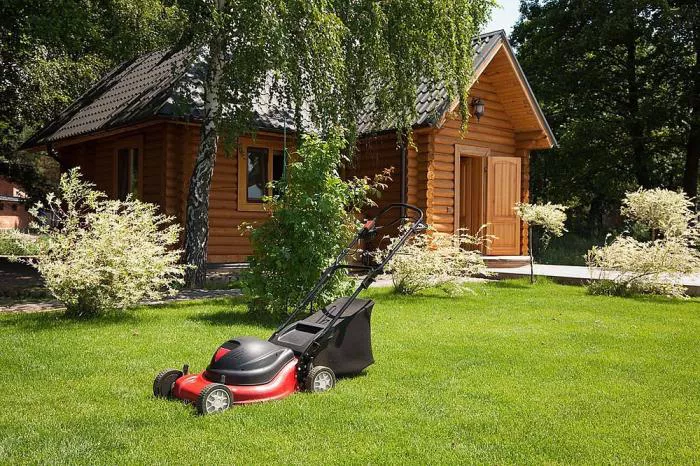As environmental awareness grows, traditional lawn care methods are being reevaluated for their ecological impact. Conventional practices—from gas-powered mowers to chemical fertilizers—contribute to pollution, water waste, and biodiversity loss. This guide explores sustainable alternatives that maintain lush, vibrant lawns while protecting ecosystems. Discover how simple changes, like switching to manual mowers or using rainwater irrigation, can significantly reduce your environmental footprint without compromising your yard’s beauty.
Why Traditional Lawns Pose Environmental Challenges
Lawns have long been a symbol of curb appeal, but their environmental costs are increasingly under scrutiny. Beyond aesthetics, conventional lawn care relies on water-intensive practices, chemical fertilizers, and gas-powered equipment—all of which contribute to pollution, biodiversity loss, and resource depletion.
The Hidden Costs of Conventional Lawns
Water Waste: In drought-prone regions like California, lawns consume vast amounts of water, exacerbating shortages.
Biodiversity Decline: Monoculture grass lawns offer little habitat for pollinators or wildlife, effectively creating “green deserts.”
Chemical Runoff: Synthetic fertilizers and herbicides leach into waterways, triggering harmful algal blooms and disrupting aquatic ecosystems.
Pollution from Lawn Equipment: Gas-powered mowers emit up to 10 times more pollutants than cars, while electric models still rely on energy-intensive power grids.
Sustainable Alternatives for a Healthier Lawn
Reel Mowers: A Zero-Emission Solution
Gas and electric mowers come with environmental trade-offs, but push reel mowers offer a cleaner alternative. These manual mowers:
- Produce zero emissions and require no fuel or electricity.
- Are cost-effective, often priced under $50 for basic models.
- Eliminate the hassle of cords, battery life, or engine maintenance.
Ideal for small to medium lawns, reel mowers provide a quiet, eco-friendly trimming option.
Natural Fertilization: Harnessing Nitrogen-Fixing Plants
Chemical fertilizers disrupt ecosystems, but micro clover and other legumes can enrich soil naturally. These plants:
- Pull nitrogen from the air and transfer it to grass roots.
- Reduce reliance on synthetic fertilizers.
- Blend seamlessly into lawns without altering appearance.
Tip: Overseeding with clover boosts lawn health while supporting pollinators.
Rainwater Harvesting: Reducing Water Dependency
Lawns account for more water use than any single crop in the U.S., but rainwater collection systems can mitigate waste.
- Install food-grade barrels under downspouts to capture runoff.
- Use collected water for irrigation via pumps or manual watering.
- Bonus: Rainwater is free of chlorine and other chemicals found in tap water.
Biopesticides: Targeting Pests Without Harm
Traditional pesticides like DDT harm beneficial insects and wildlife. Biopesticides offer safer alternatives:
- Pheromone disruptors prevent pest reproduction without killing other species.
- Microbial pesticides use bacteria or fungi to target specific insects.
- Both options are non-toxic to humans, pets, and pollinators.
Small Changes, Big Impact
Transitioning to eco-friendly lawn care doesn’t require sacrificing beauty for sustainability. By adopting practices like reel mowing, natural fertilization, rainwater harvesting, and biopesticides, homeowners can:
- Cut water and energy use.
- Protect local ecosystems.
- Reduce chemical pollution.

